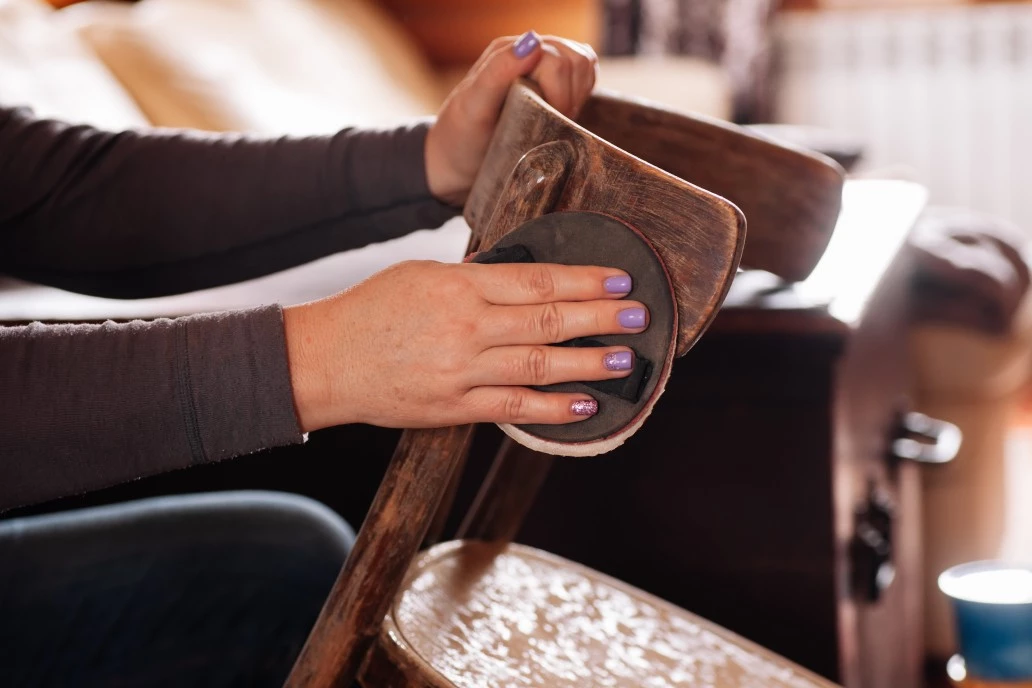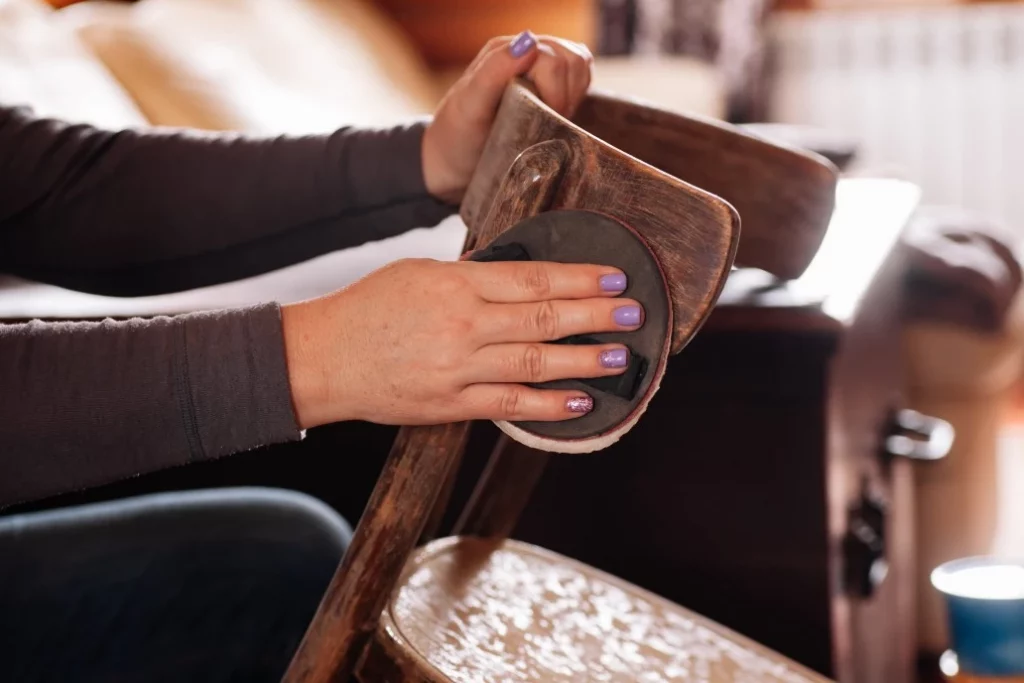
Tips for making varnished wood shine
Oils and resins will be the best choice to help offer your varnished wood a high-quality shine. This combination provides the wood with a topcoat that can give excellent furniture protection. The elements offer heat & water resistance which works well with the alcohol involved and prevents scratches. It is vital to buff and polish the varnish regularly. This method works to create tiny scratches that reflect light. This reflection operates similar to a diamond, thereby increasing the shine. Buff and polish freshly varnished wood often to ensure it remains pristine.
Best furniture polish for varnished wood
Clean & Polish For Wood Furniture by Guardsman
The Guardsman Anytime Fresh Clean & Polish is one of the fastest drying options on the market, making it ideal for DIY home options. The price is perfect because it can polish and clean without needing another product. It works well for people who wish to save time. Unlike generic varnish, this option maintains its initial gloss throughout even after the initial 24 hours. The polish is suitable for home use and can effectively clean water rings and crayon marks without any hassle.

It can restore furniture heavily affected by scratches while providing UV protection. This protection will prevent the wood from discoloring over time. The product comes without any wax or silicones, giving it a low luster shine. Consumers prefer this to the overwhelming greasy residue produced by some products.
The product is mainly made out of oil and is used through an aerosol spray can. It has a refreshing lemon scent. You can use this on finished or sealed wood.
Pros
- It offers both cleansing and protective qualities.
- UV protection reduces chances of wood discolouration
- Thin solution without any remaining greasy residue
Cons
- Only for use on finished, sealed wood
Can you sand and polish varnish
If you are unhappy with your final product, you can touch up the surface once the final coat of varnish dries. When the surface finally hardens, many consumers notice problems such as fingerprints or dullness. You can sand out these imperfections and remain with a smooth, shiny surface.
How to polish varnish
- Form a warm water solution with a few drops of mild alkaline soap and place this in a small container. Use a cotton cloth to apply this solution to the wood. Wipe down the entire surface to remove any remaining polish. If the remaining polish is stubborn, incorporate a 50:50 mixture of tung oil and turpentine mixture. This combination is tough enough to deal with heavy polish but should be sued as a last resort.
- Use a reliable wax remover and wipe through the grooves in detail. For the hard to reach areas, you can use twine or a toothbrush. Make sure you prevent saturation and further damage to the finish by using a small amount of wax remover.
- Get a fresh, dry cloth and dry off the clean surface. Let the surface breathe for 3 hours to allow the wood to dry.
- Generously apply a coat of oil across the surface. Examples of this include mineral oil or vegetable oil.
- Add a very light sprinkle of FFFF-grade pumice over the surface covered in oil. Be sure only to add a very fine layer. Be gentle and make sure it is rubbed deep into the woodblock. The key to this is using long broad strokes.
- Wipe away the oil and pumice mix. You should start to see a visible shine forming. It is best to avoid over-buffing the wood. Be sure to be thorough as any remaining pumice can damage your finish.
- Apply paste wax to the finish, which is now considered “rubbed out.”
- Buff the wax off the wood, repeatedly rubbing with firm pressure.
- Repeat the wax and buffing for a second coat if necessary. This should provide the ultimate shine and protection.
Wood polish liquid
Liquid wood polish comes pre-moistened, which is advantageous because it makes dust better. Consumers prefer this option instead of using a dry cloth. The solutions are easy to use and only require you to shake them out when complete. The liquids that come with resealable packaging are the most convenient. The standard bottle should offer you about 50 cleans.
How to buff wood by hand
- Use a damp cloth that is rinsed in boiled linseed oil. Wipe this mixture onto the surface of the wood and wait an hour to let it soak in. After this, you can wipe it off with a dry cloth.
- Using only a few drops of linseed oil, we will rub the wood with our hands. Use the palm of your hand and rub in the oil at a diameter of 3 inches. Rub for about 15 minutes or until your arm gets tired. Set the wood aside.
- Rub more oil into the wood at regular intervals, at least once a week for up to six months, concentrating on a different area each time.
How to polish wood naturally.
Fresh homemade polish is often preferred at times because of its low toxicity. Harsh polish can damage the surface of your wood. Make this solution by using white vinegar and lemon juice. Make the quantities even at 50/50. Vinegar is excellent against grease and grime. Lemon juice offers a refreshing scent and can function well as a disinfectant.
How to make the wood shine without varnish
One cup Olive Oil and 1/2 cup white vinegar. This solution should help turn dry wood with a dull surface into a shiny one.
- 6 Tips To Craft The Perfect DIY Woodworking Project - August 1, 2022
- Six Reasons You Need an Air Filter In Your Wood Workshop - August 1, 2022
- American made wood lathes - May 26, 2022